How to Sell eCommerce Goods Without a Shopping Cart in WordPress
By
|
Last updated on
In the past, if you wanted to accept online payments through your WordPress site, you had to set up an eCommerce shopping cart. But your work wasn’t done there…
Next, you had to connect the shopping cart to a payment processor. Finally, you had to set up a merchant account at your bank to accept money from the payment processor.
That’s a lot of steps, and most of them aren’t simple.
Arguably, setting up an eCommerce store and customizing it to your needs are the hardest parts. Unless you’re already proficient with tools like WooCommerce, you could spend hundreds of hours learning how to use the shopping cart and making it fit your business (you’ll pick up a little coding knowledge along the way).
But if your requirements are simple, do you really need to set up a complex eCommerce shopping cart just to accept payments online through your WordPress site?
Truthfully, no. In fact, there are a number of drawbacks to using shopping carts.
Table of Contents
The Drawbacks of Shopping Carts
If your needs are simple or you’re trying to set up a website without the help of a professional developer, a shopping cart may not be the right choice for you. They have several disadvantages that make them tough to work with. Before you spend an entire week trying to customize a store for your basic needs, consider these things.
1. Hard to Customize
Shopping carts come with a lot to configure: Images, links, buttons, dividers/borders, margins, reviews, emails, APIs, layouts, padding, selectors, forms, etc. If you don’t like the cart’s out-of-the-box settings or it doesn’t look nice with your theme, you’ll have to make all the customizations yourself.
Just look at all the options you have to go through:
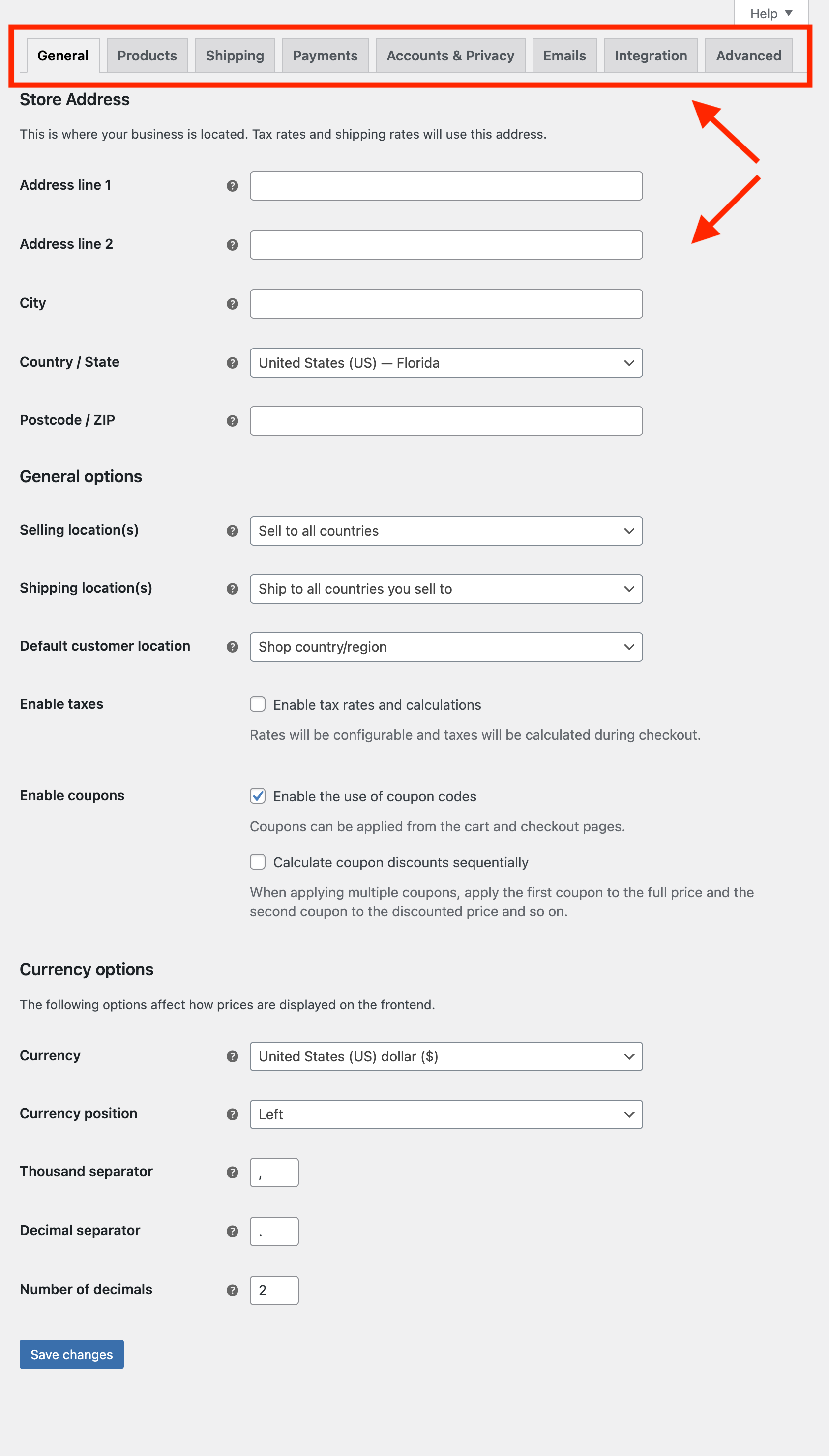
Some customizations are simple. There might be a page of drop-down menus and color pickers to make some basic style changes. But if you want anything more elaborate, you’ll have to hire a designer/developer to make your customizations. This is expensive and time-consuming.
2. Resource Intensive
Shopping carts are robust tools designed to accommodate everyone’s needs. They’re generally large plugins that require 5-10 extensions. They process a lot of code and make a lot of requests to the server where your site is hosted.
This means more things happen in the background of your site, which causes your pages to use more resources and load slower. If you don’t need all the features of a shopping cart, installing one would slow your site down pointlessly.
3. Expensive Premium Features
While some shopping carts (like WooCommerce – the most popular choice for WordPress sites) are free, their premium features come with a price. You may need to purchase several premium features just to get the functionality you need, and those costs add up.
For instance, if you want to sell subscriptions through WooCommerce, you need a special extension. Many of the extensions cost $50-$80 per year, depending on your payment processor.
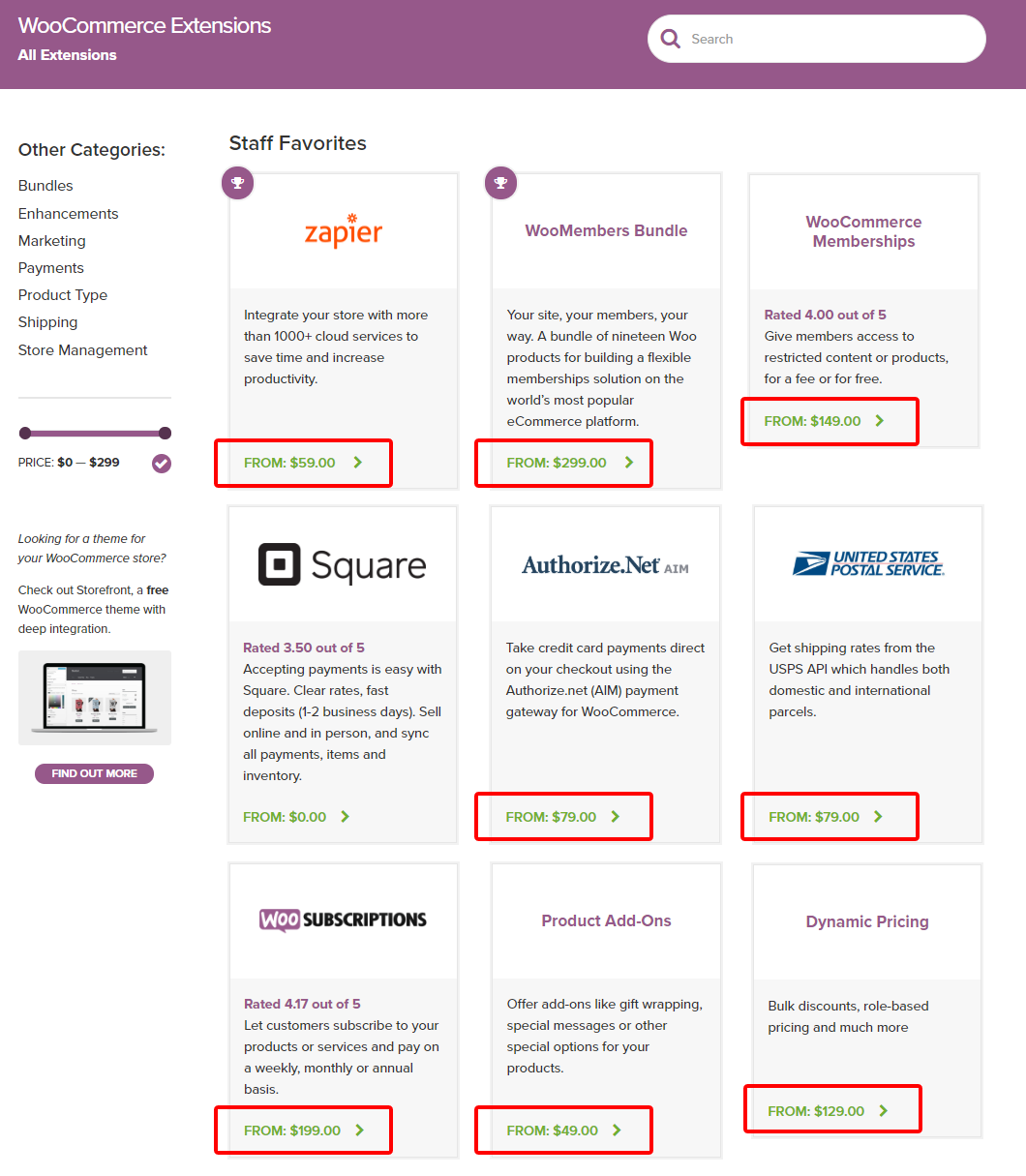
You’ll also have to buy an extension if you want to improve WooCommerce’s performance, integrate with (a popular integration), connect with a shipment company, automatically follow up with customers, and perform countless other functions your business may need.
4. Potential Plugin Conflicts
If you try to use a shopping cart with too many other free or lower-priced extensions, there’s a good chance you’ll run into a compatibility conflict where one plugin has an adverse effect on another plugin. In the best cases, these conflicts prevent some features from working. In the worst cases, they can break pages or your entire website.
Unless you’re familiar with Javascript, jQuery, PHP, and MySQL (or don’t mind paying someone who is), you won’t be able to resolve these conflicts on your own, and plugin developers usually won’t provide support unless you’ve purchased a paid license from them (if they offer one at all).
You can avoid these conflicts by using only the plugins and tools you need to solve your immediate problems so there’s minimal chance of bad interactions. If you don’t need everything a shopping cart comes with, don’t use it.
When Use a Fully-Fledged Online Store?
We built WP Simple Pay because we felt there wasn’t a simple payment processing solution for founders and business managers.
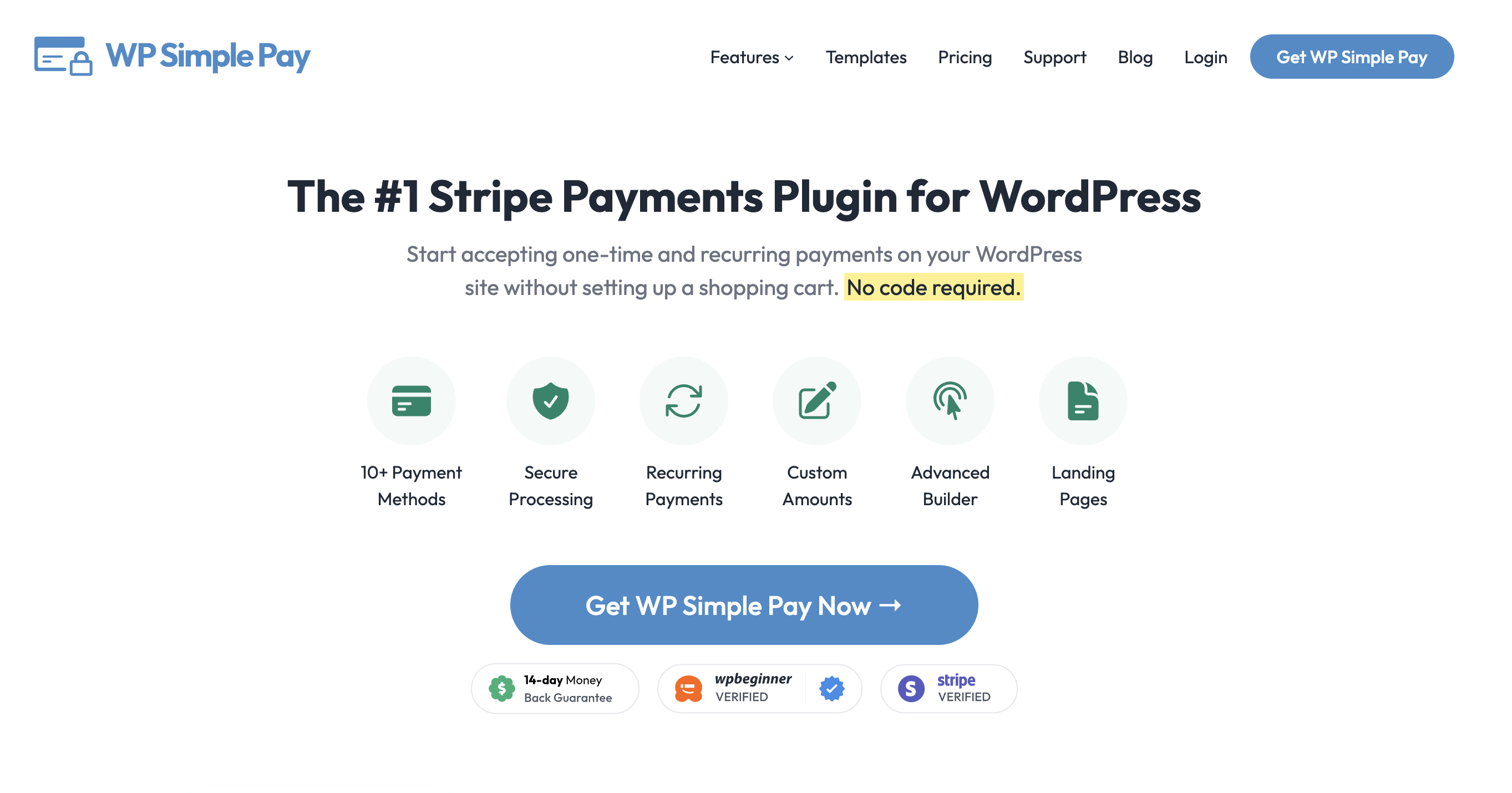
But as your business grows and your payment processing needs change, there are some circumstances when it would be smart to set up a full-fledged eCommerce store.
1. You Sell a Lot of Products
If your inventory grows (whether that’s physical or digital products or services), you’ll need a shopping cart to organize your products. This also lets customers purchase multiple products at the same time.
2. Your Products Have Variations (Size, Color, Style, etc.)
eCommerce shopping carts are also useful if your customers can customize their purchases. For instance, if you sell a service package and the customer has to choose a type of service, payment schedule (monthly vs. quarterly), and additional upsells, you’ll need a cart to keep these variations organized; otherwise, you’d end up with dozens of payment forms.
3. You Need a Unique Feature
If you need a special feature that doesn’t come standard with a simple payment plugin like WP Simple Pay, you may have to go through the hassle of installing a shopping cart and attaching the right extension or add-on. Make sure the feature is truly worth your time and/or the development cost before you go down this road.
Use Only the Tools You Need RIGHT NOW!
As you build a business, it’s tempting to consider what it will look like in the future. You might think, “I’ll have lots of products someday, so I’ll save time by setting up a shopping cart now.” It’s good to think about the future, but building more than you need today will actually cost you time and money.
Let’s say you set up your shopping cart today, but your business changes over the next year. Instead of offering 10 products, you decide to focus on one or two. Or maybe you pivot to something entirely unique. All the time you spent customizing your shopping cart will be wasted.
It’s better, therefore, to only use the tools you need right now. Keep things simple for yourself and your customers. Iterate on your business incrementally over time. As your business grows, it might make sense to graduate to a shopping cart at some point, but while your needs and resources are simple, stick to simple tools. If you ever decide to move to a shopping cart, you can use the same Stripe account, which keeps things simple.
Selling Without a Shopping Cart

WP Simple Pay is the easiest way to sell single products on your WordPress site without setting up a shopping cart. It’s perfect for business owners with simple needs. Why is it better than an ecommerce shopping cart?
- You don’t need to hire a developer to set it up.
- You can set up unique payment options (including subscriptions).
- It won’t slow down your site with extra server resources.
- The form customizer gives you lots of flexibility.
Remove the additional 3% fee!
Most Stripe plugins charge an additional 3% fee for EVERY transaction
…not WP Simple Pay Pro!
#1. Easily Create an Order Form That Converts
WP Simple Pay comes with tons of payment form templates that lets you easily build any sort of forms, such as product purchase form, donation form, services form, and more.
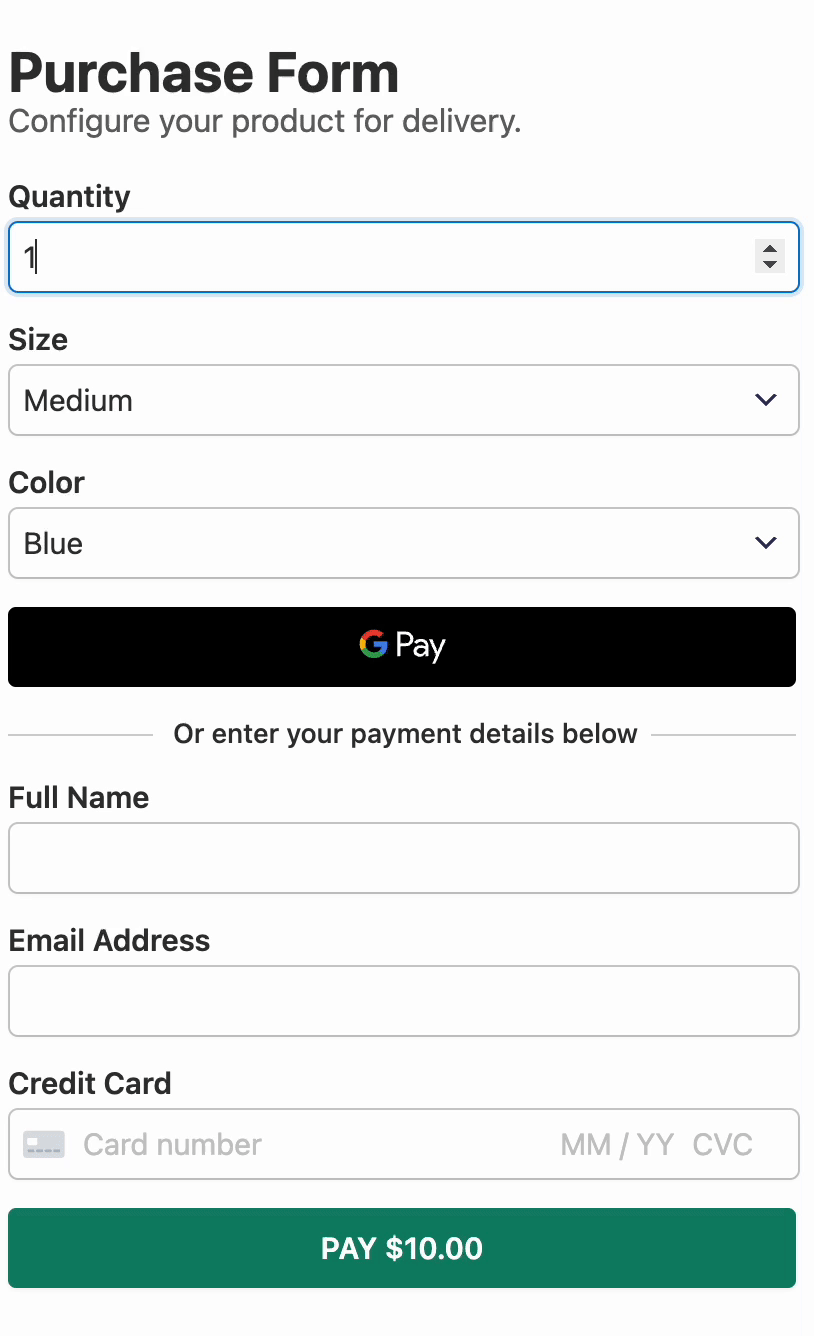
Its Variable Product Form template preselects all the essential form elements you’ll ever need to sell products without a shopping cart.
Check it out: How to easily create an order form that sells
#2. Accept Multiple Payment Methods
Offering multiple payment methods is a great strategy to reduce checkout abandonment. By offering multiple payment methods, you can let customers choose the one they’re more comfortable with.
WP Simple Pay supports 10+ payment methods supported by Stripe, such as Google Pay/Apple Pay, ACH Direct Debit, and more.
Check out: How to allow users to choose a payment method
#3. Sell Products in Recurring Subscriptions
Getting repeat business from the same customers is cheaper than acquiring new ones, so it makes sense to design a business model that draws revenue from a stable customer base.
In the past, billing customers on a subscription basis was difficult. You had to send invoices, direct them to individualized payment forms, or punch in their credit card details on every payment date.
But with automatic recurring billing, you can accept repeat payments seamlessly without bothering your customers.
Check it out: How to accept recurring payments in WordPress
#4. Sell High-Priced Products in Multiple Ways
WP Simple Pay lets you sell high-priced products in multiple ways, such as installment payments, Buy Now, Pay Later services, and more.
4. a) Installment Payments
Offering installment plans is a win-win for both you and your customers.
It enables you to make your products and services affordable for most of your potential customers, in turn increasing your sales and revenue. And for your customers, it gives them flexibility over how they pay for their purchases.
Check it out: How to accept installment payments in WordPress
4. b) Buy Now/Pay Later Services
‘Buy Now, Pay Later’ (BNPL) is a type of short-term financing that allows your customers to pay in installments.
Your customers can start enjoying what they’ve ordered right away without making a full payment immediately. Most Buy Now, Pay Later services like Klarna and Afterpay/Clearpay even provide a 0% interest rate offer if customers complete the payment on time.
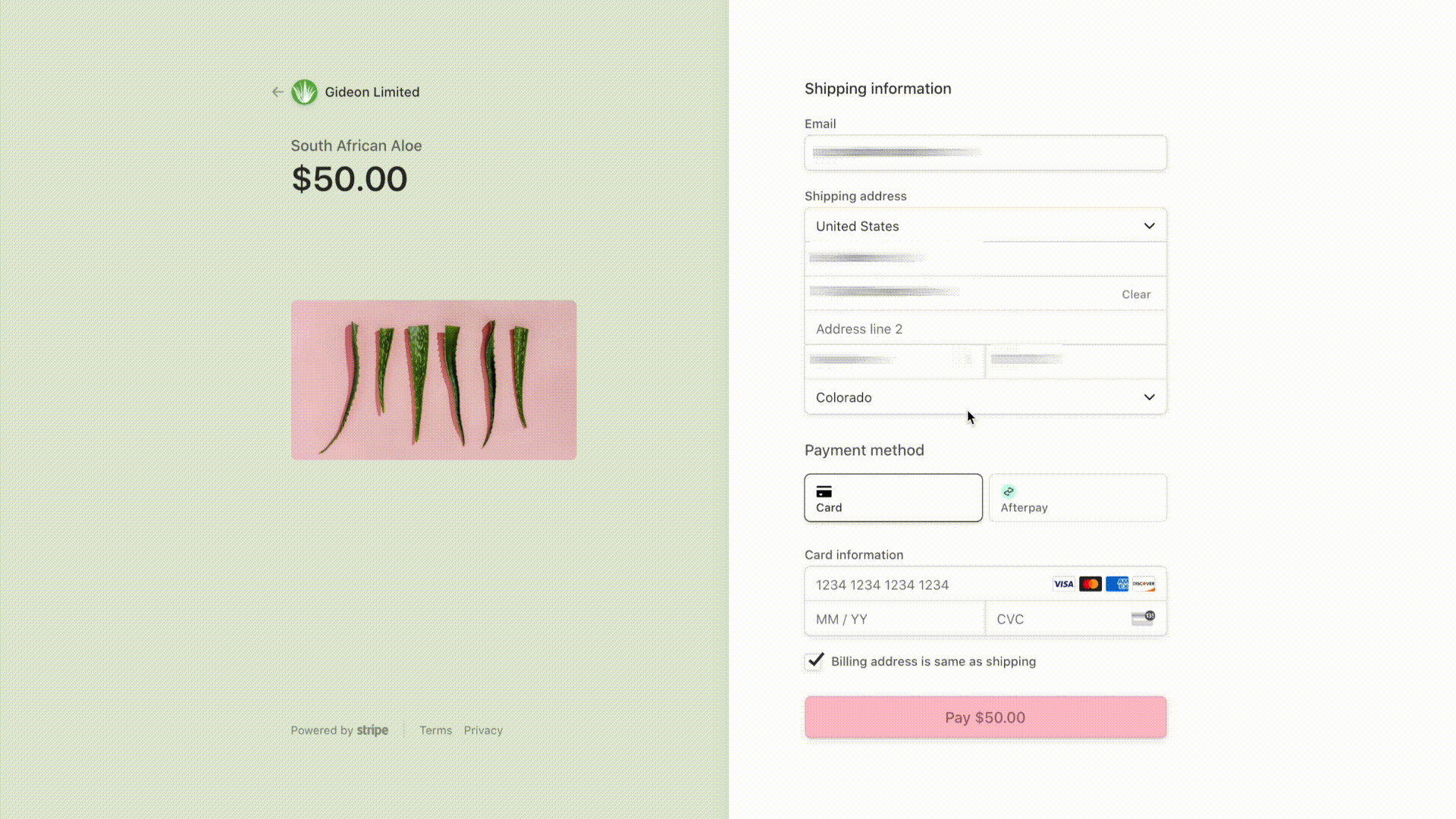
If you think you could benefit from offering short-term financing on your site, but are still hesitant to offer it, then you’re leaving a lot of money on the table.
Check it out: How to offer buy now, pay later services in WordPress
That’s it!
We hope this article helped you learn how to sell eCommerce products without a shopping cart.
If you liked this article, you might also want to check out how to create an order form with WordPress.
What are you waiting for? Get started with WP Simple Pay today!
To read more articles like this, follow us on Facebook and Twitter.
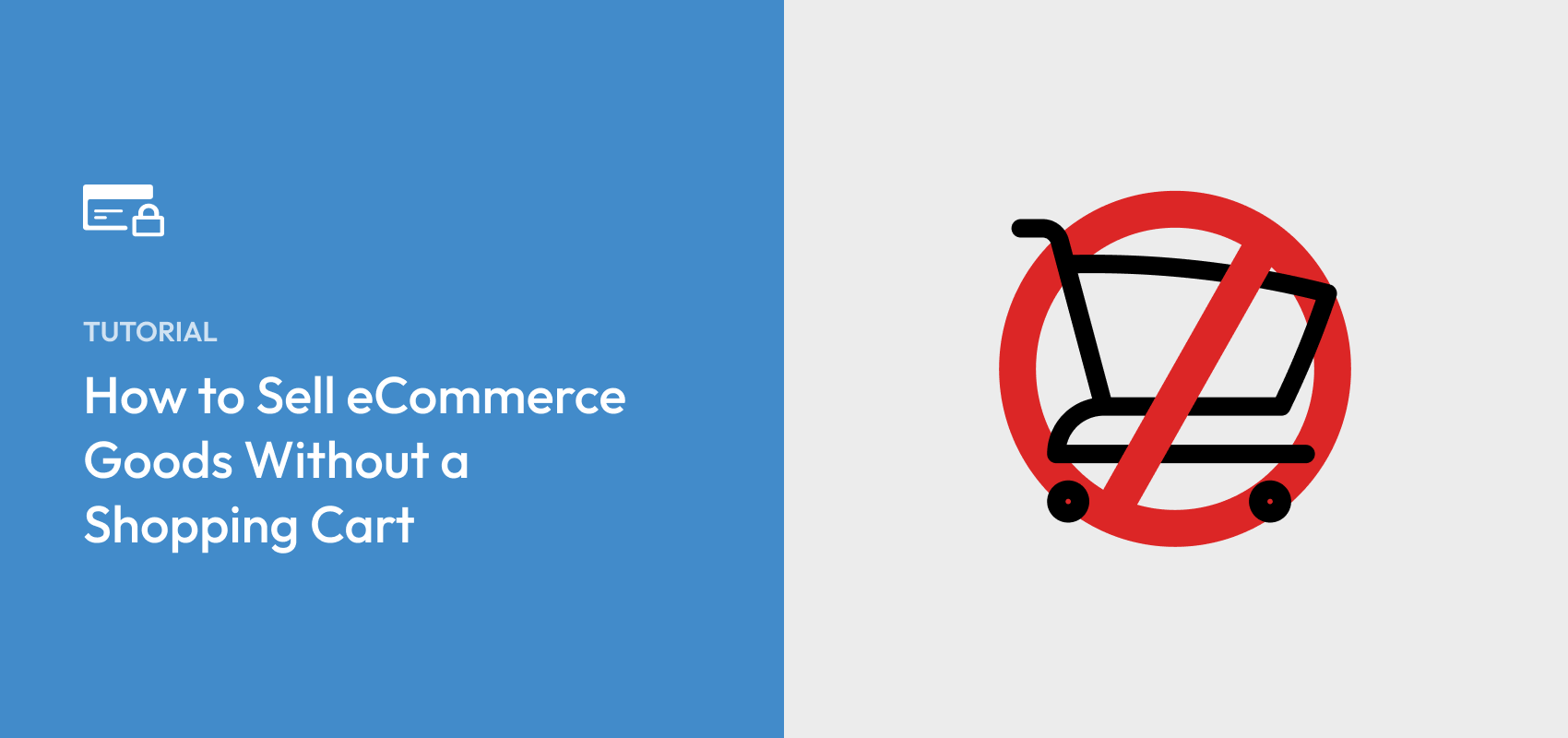


Leave a Reply